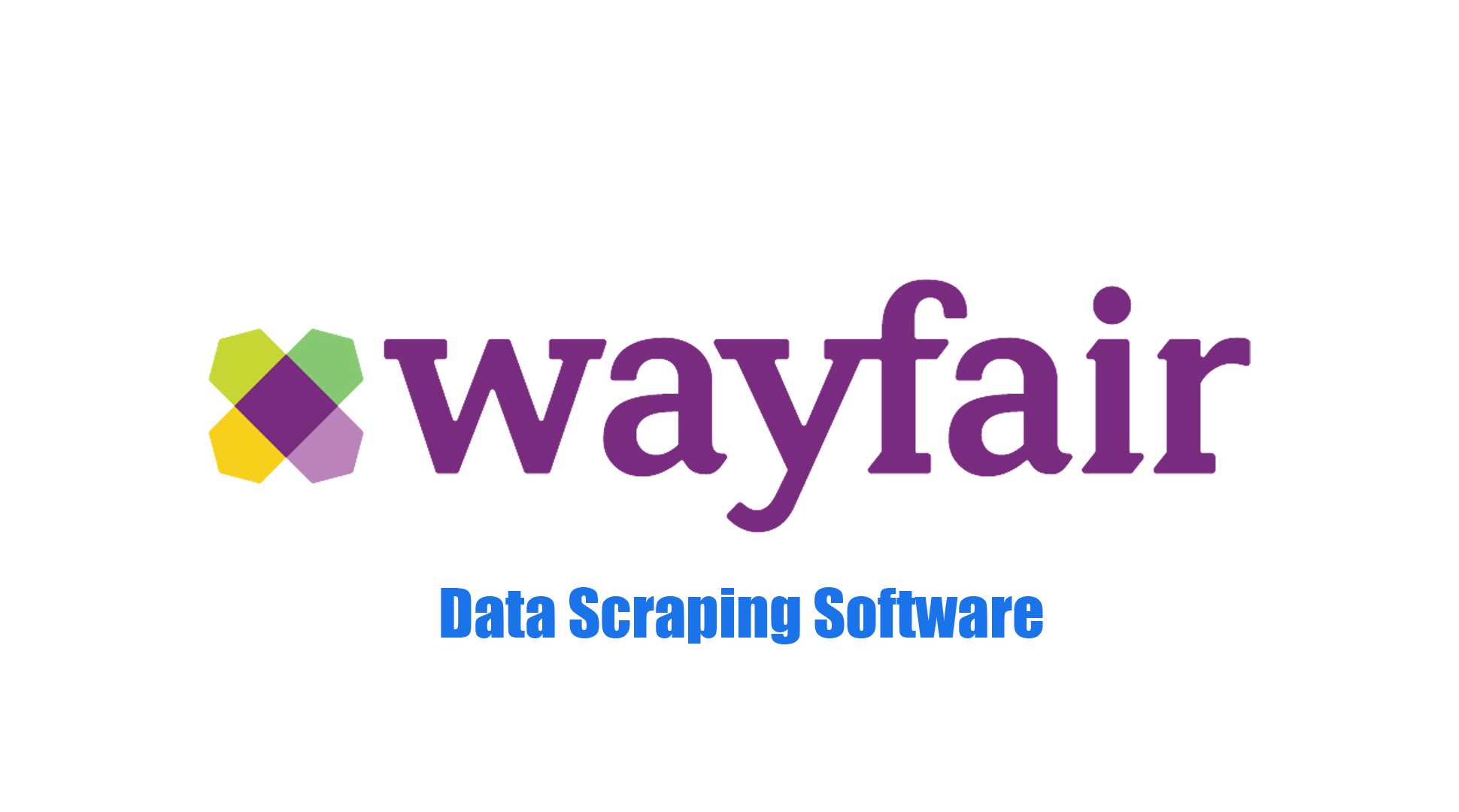Understanding CAPTCHA: How It Works, Its Types, and Its Evolution
In this article, we will explore what CAPTCHA is, how it functions, its different types, and how it has evolved over time. Additionally, we'll discuss why it remains a crucial tool in today’s digital landscape.
![]() CAPTCHA stands for "Completely Automated Public Turing Test to Tell Computers and Humans Apart." It is a challenge-response test designed to differentiate human users from bots by presenting tasks that are easy for humans but difficult for automated systems to solve. CAPTCHAs are used widely on the internet to protect websites from malicious bots that can engage in harmful activities, such as spamming, account creation, or even hacking.
CAPTCHA stands for "Completely Automated Public Turing Test to Tell Computers and Humans Apart." It is a challenge-response test designed to differentiate human users from bots by presenting tasks that are easy for humans but difficult for automated systems to solve. CAPTCHAs are used widely on the internet to protect websites from malicious bots that can engage in harmful activities, such as spamming, account creation, or even hacking.
The term CAPTCHA was first coined in 2000 by a team of researchers at Carnegie Mellon University, led by Luis von Ahn. The basic concept of CAPTCHA is rooted in the differences between human cognitive abilities and machine processing, making it challenging for bots to bypass these tests.
CAPTCHA is used across websites for several important reasons:
Bots are often employed for malicious activities, such as spamming, brute-force attacks, and Distributed Denial of Service (DDoS) attacks. CAPTCHA helps mitigate these threats by ensuring only legitimate human users can access sensitive areas of a site.
CAPTCHA ensures that inputs such as poll votes, registrations, and form submissions come from real users, not automated scripts or bots, leading to more reliable data.
By requiring users to solve a CAPTCHA challenge, websites prevent bots from overwhelming crucial sections (e.g., login pages or personal data fields) and accessing restricted content.
At its core, CAPTCHA works by creating tasks that require human cognitive ability, which are difficult for machines to interpret or solve. These tasks can involve visual or auditory challenges and follow these basic steps:
When a user visits a website, a CAPTCHA challenge is generated. This could be a distorted text image, a puzzle, or a selection of images to identify certain objects.
The user solves the challenge. For example, they might need to identify objects in images, decipher distorted text, or perform a task like dragging a slider.
The system checks the user's response. If the input matches the expected answer, the user is verified as human and granted access. If the response is incorrect, the user may be prompted to try again.
Bots attempting to access the site will typically fail the CAPTCHA challenge because they cannot complete the cognitive tasks required.
Over time, CAPTCHA systems have evolved to counter increasingly sophisticated bots. While the earliest CAPTCHAs were text-based, new types of CAPTCHA have emerged to address various attack vectors. Some of the most common types of CAPTCHA include:
The original form of CAPTCHA, which displays a distorted string of letters and numbers. Users must decipher and type the characters shown.
- How it works: Distorted text makes it hard for bots to recognize characters, but humans can still read them with relative ease.
- Limitations: Optical Character Recognition (OCR) technology and machine learning have made it easier for bots to solve these challenges.
Involves asking users to identify objects in a series of images. Examples include selecting all images containing traffic lights, street signs, or vehicles.
- How it works: The user is presented with a grid of images and must select those that match the given criteria. Bots have difficulty recognizing objects in images because of their variability.
- Limitations: AI-driven image recognition tools are improving, which may allow bots to bypass these CAPTCHAs.
This CAPTCHA presents a simple math problem, such as basic arithmetic (e.g., "3 + 2"), which users must solve.
- How it works: The system generates a random math problem for the user to solve.
- Limitations: Basic arithmetic can be solved easily by AI, rendering this type of CAPTCHA less effective against advanced bots.
Designed for visually impaired users, this CAPTCHA plays a distorted audio file that the user must transcribe.
- How it works: The user listens to an audio clip of letters or numbers, often distorted by background noise, and enters the corresponding sequence.
- Limitations: Speech recognition technology has advanced, which makes these CAPTCHAs more vulnerable to AI-powered bots.
Developed by Google, reCAPTCHA is a more sophisticated version of traditional CAPTCHA, offering advanced security through risk analysis.
- How it works: reCAPTCHA often works invisibly in the background, analyzing user behavior (mouse movements, typing patterns) to assess if the user is human. If suspicious behavior is detected, the user may be prompted with an image-based CAPTCHA.
- Versions:
-
- reCAPTCHA v2: Often requires the user to check a box (“I’m not a robot”) or solve an image-based CAPTCHA.
-
- reCAPTCHA v3: Analyzes user interactions and assigns a score to determine if the user is a bot, usually without requiring any visible challenge.
-
- No CAPTCHA reCAPTCHA: Users check a box to confirm they are not a bot, with the system analyzing interaction data (IP address, mouse movements) in the background.
Despite its effectiveness, CAPTCHA has several limitations and challenges:
CAPTCHAs can be frustrating, particularly when they are too difficult or appear too often, which can lead to a poor user experience.
CAPTCHAs are often problematic for users with disabilities, especially those with visual impairments. Audio CAPTCHAs exist but can be hard to use due to background noise or poor audio quality.
With advancements in machine learning and AI, bots have become better at solving CAPTCHA challenges. As a result, CAPTCHA systems must continuously evolve to remain effective.
Some CAPTCHA systems, particularly those based on behavioral analysis (e.g., reCAPTCHA), may raise privacy concerns as they track user interactions to assess behavior.
While CAPTCHA serves as an important defense against bots, there are methods to bypass it:
The simplest method, where humans directly solve the CAPTCHA.
Automated services or APIs (like 2Captcha, Anti-Captcha, or CaptchaAI) that solve CAPTCHAs for users.
Using optical character recognition software to analyze and recognize characters in image-based CAPTCHAs.
Machine learning models can be trained to recognize CAPTCHA patterns and solve them automatically.
Outsourcing CAPTCHA-solving tasks to human workers who manually solve the challenges, typically used for high-accuracy needs.
By rotating proxies or managing IP addresses, users can avoid triggering CAPTCHA challenges altogether.
CAPTCHAAI - Fast & Affordable CAPTCHA Solving
![]() CAPTCHAAI - The Ultimate AI-Powered CAPTCHA Solving Solution. Enjoy unlimited solves, top-tier accuracy, and the lowest market price — starting at just $15. Solve smarter, spend less.
Special Deals for MoMoProxy users — Get up to 15% OFF on all plans. Don’t miss out!
CAPTCHAAI - The Ultimate AI-Powered CAPTCHA Solving Solution. Enjoy unlimited solves, top-tier accuracy, and the lowest market price — starting at just $15. Solve smarter, spend less.
Special Deals for MoMoProxy users — Get up to 15% OFF on all plans. Don’t miss out!
Features:
✔ Supports reCAPTCHA v2/v3, Invisible reCAPTCHA, Solve Media
✔ Solves 27,500+ image CAPTCHAs with high accuracy
✔ Easy integration via API, Chrome Extension, or Emulator
✔ Unlimited solves on all plans
Pricing:
- Basic: $15/month (5 threads)
- Premium: $170/month (100 threads)
- Enterprise plans up to $7,500/month
Why Choose Us?
✅ 90%+ accuracy on most CAPTCHAs
✅ 24/7 support & free trial available
✅ Saves 80%+ vs manual solving
Visit CaptchaAI.com | API Docs
CAPTCHA remains a crucial tool in the ongoing battle against bots and automated attacks. It helps secure websites by ensuring that only humans can interact with certain resources, preventing malicious activities such as spam and data breaches. While traditional CAPTCHA types like text and image-based challenges are still in use, more advanced systems like reCAPTCHA, which analyze user behavior, are becoming increasingly popular. As AI continues to evolve, the arms race between CAPTCHA developers and bot creators will likely continue, with CAPTCHA systems continually adapting to keep bots at bay while balancing usability and security.








